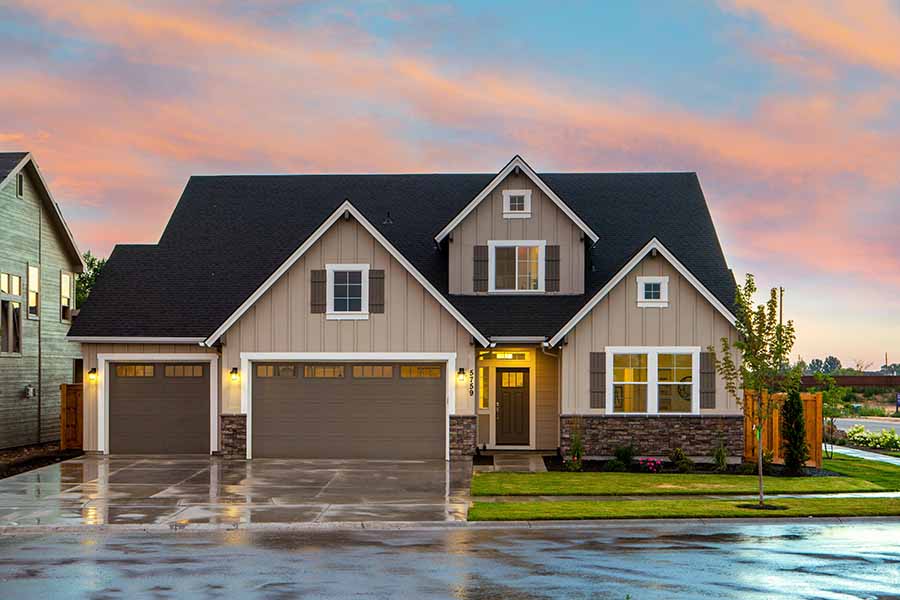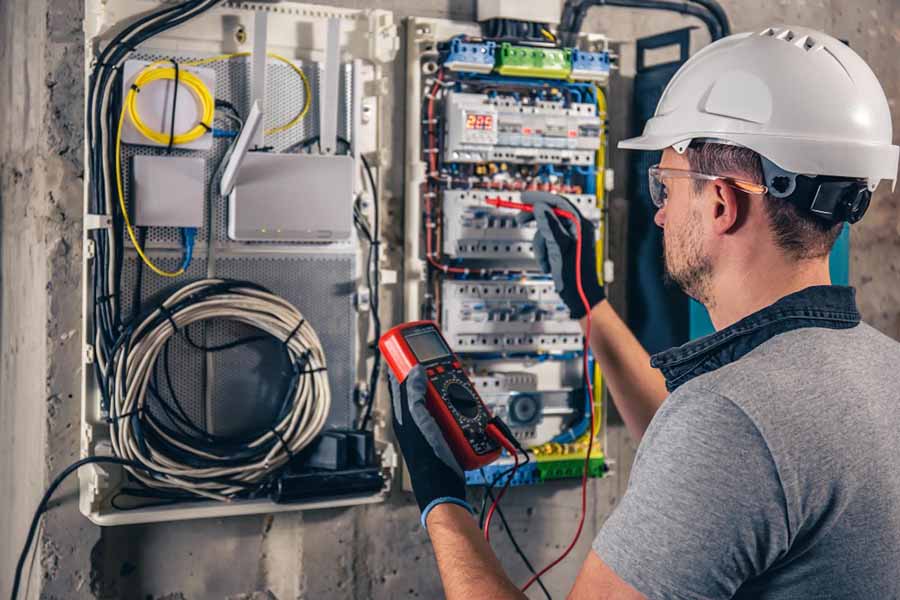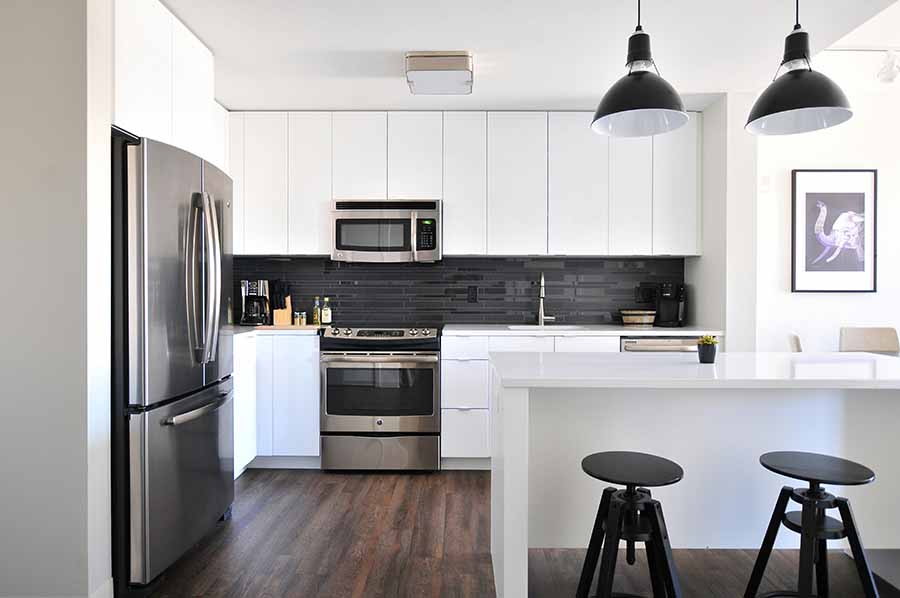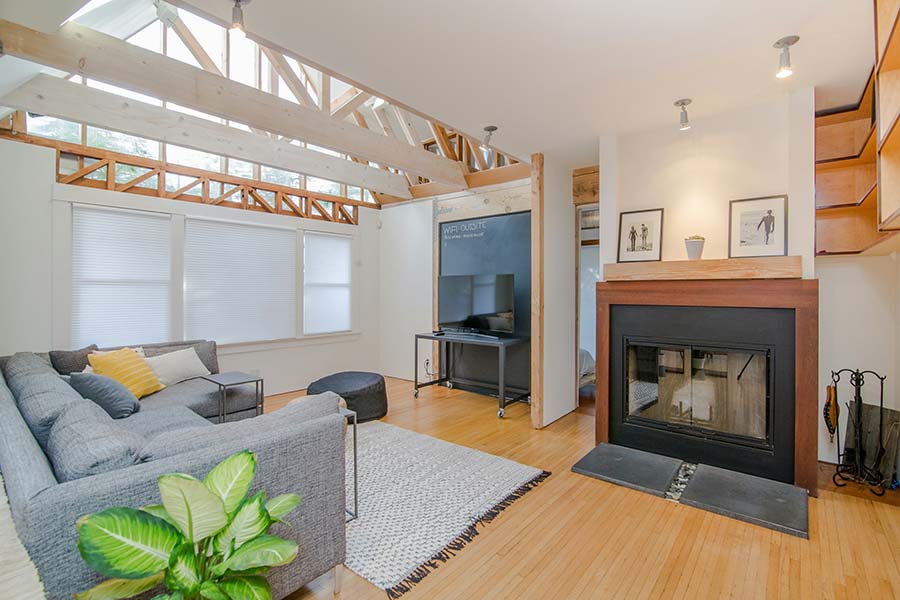Rewiring your home might seem like a daunting and expensive task, but it’s a worthwhile investment that offers numerous benefits. Whether you’re renovating an old house or ensuring the safety and efficiency of your current living space, understanding the advantages of electrical rewiring can help you make an informed decision. Here are some compelling reasons to consider rewiring your home.
1. Enhanced Safety
The most significant benefit of rewiring your home is improved safety. Older electrical systems can become dangerous due to wear and tear, outdated technology, and previous DIY repairs. Faulty wiring is one of the leading causes of house fires, so upgrading your electrical system reduces the risk of electrical fires, shocks, and other hazards. New wiring ensures your home meets current safety standards and codes, providing peace of mind for you and your family.
2. Increased Home Value
Rewiring your home can significantly increase its market value. Potential buyers are more likely to purchase a home with a modern, safe, and efficient electrical system. By investing in rewiring, you’re not only enhancing your living environment but also making a smart financial decision that can yield a higher return on investment when it’s time to sell.
3. Improved Energy Efficiency
Old and outdated wiring can lead to inefficient energy use, resulting in higher electricity bills.

Modern electrical systems are designed to handle the demands of today’s energy-efficient appliances and technologies. Rewiring your home can help reduce energy wastage, lower your utility bills, and contribute to a greener environment.
4. Enhanced Capacity for Modern Appliances
Many older homes were built when the average household had far fewer electrical appliances and devices. Today’s homes require much more electrical capacity to support everything from large kitchen appliances and entertainment systems to smart home devices and high-speed internet. Rewiring ensures your electrical system can handle the increased load, preventing frequent circuit breaker trips and potential damage to your appliances.
5. Future-Proofing Your Home
Technology is constantly evolving, and our reliance on electrical devices continues to grow. Rewiring your home ensures it is equipped to handle future technological advancements and increases in electrical demand. This future-proofing can save you from needing further upgrades in the near future, making it a cost-effective long-term solution.
6. Customization and Convenience
Rewiring provides an opportunity to customize your electrical system to better suit your lifestyle and needs. You can add more outlets in convenient locations, install modern lighting solutions, and integrate smart home features. This level of customization can greatly enhance the functionality and comfort of your living space.
7. Compliance with Modern Standards
Building codes and electrical standards have evolved significantly over the years. Rewiring your home ensures compliance with the latest regulations, which is especially important if you plan to sell your home or undertake major renovations. It can also make it easier to get insurance coverage, as many insurers require homes to meet current electrical safety standards.
Rewiring your home is a major undertaking, but the benefits far outweigh the costs and inconvenience. From enhanced safety and increased home value to improved energy efficiency and future-proofing, the advantages are clear. By investing in electrical rewiring, you’re not only ensuring the safety and comfort of your home but also making a wise financial decision that will pay off in the long run. If you’re considering rewiring your home, consult with a licensed electrician to assess your current system and develop a plan that meets your needs.









